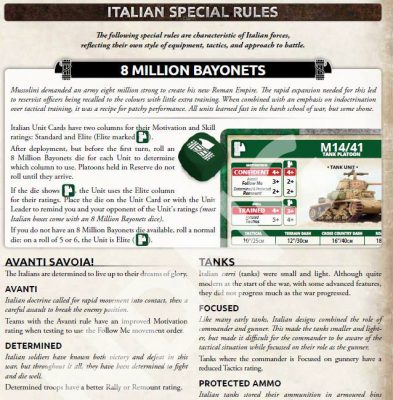Battlegroup: How to win by Chitting
by Troy A. Hill
Photos by the Author
I’ve recently begun a series that looks at the . This piece will look at some basic rules of the game. All page references are from the Battlegroup Rule Book, hardcover revised edition.
Winning the Game:
The first question a player asks of any game is: “how do I win” (or lose)? In Battlegroup, there are several ways: controlling all objectives at the end of your opponent’s turn, causing the opposing force to be destroyed or pinned so they cannot use any orders on their next turn, or (as

occurs most often) when your opponent’s Battle Counter Chits sum exceed their force’s Battle Rating.
Battlegroup uses a secret countdown of these Battle Counter tokens as a core mechanic. During the course of the game, players will be required to blindly draw morale “chits” from a bag or cup. These chits range up in value from one to five points each. Typically, there are more of the middle numbers (two and three) than there are ones and fives in the pool of chits. There are also special chits, with beneficial effects for the one who draws them. I will cover these more in a later piece.

 Army-Wide Special Rules
Army-Wide Special Rules